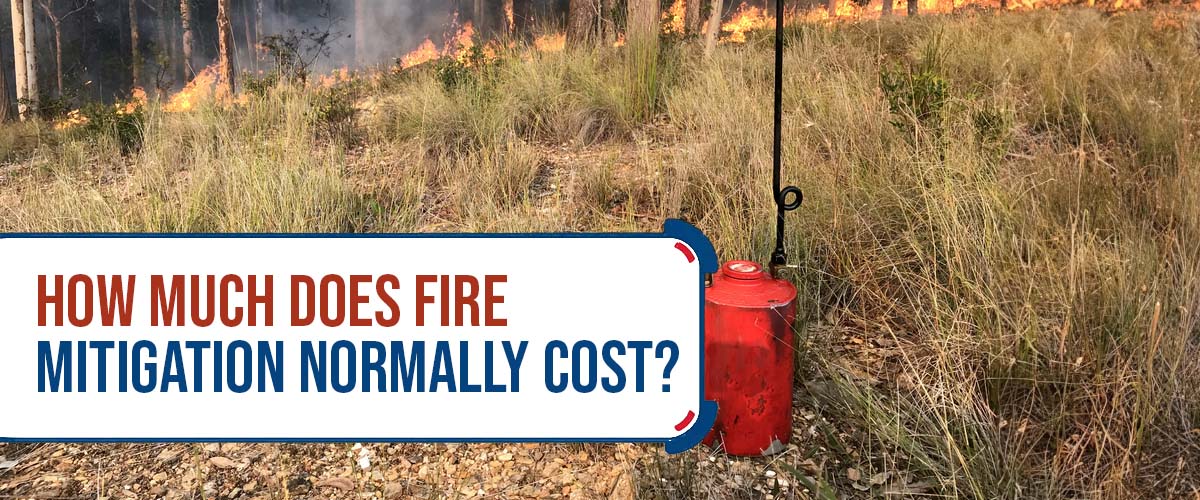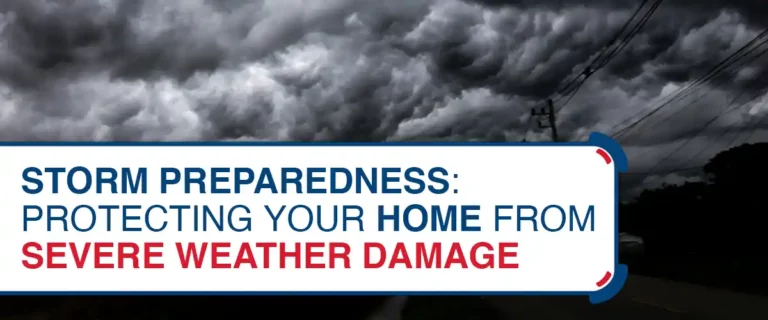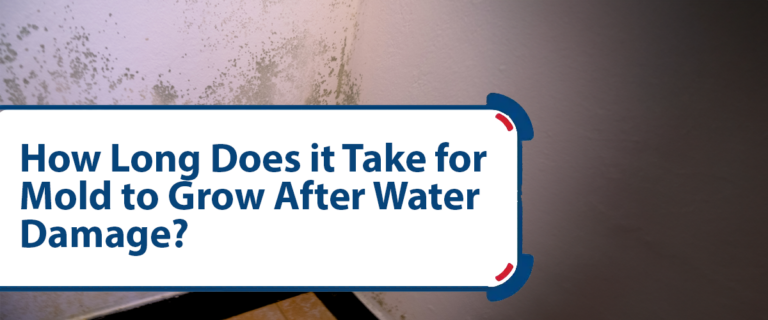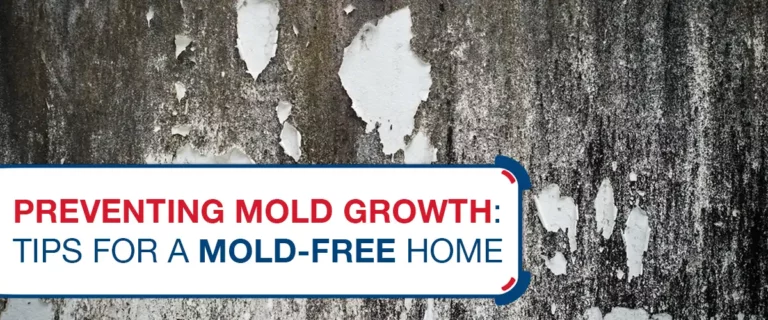Ever wondered what it takes to shield communities and properties from the ravaging fury of wildfires? In this article, we’ll journey through the factors that shape the price tag of fire mitigation. We’ll unravel the intricacies of the measures involved, shedding light on the actual expenses you might encounter. By the time you reach the end, you’ll grasp the costs linked to fire mitigation and discover innovative strategies to keep those costs in check.
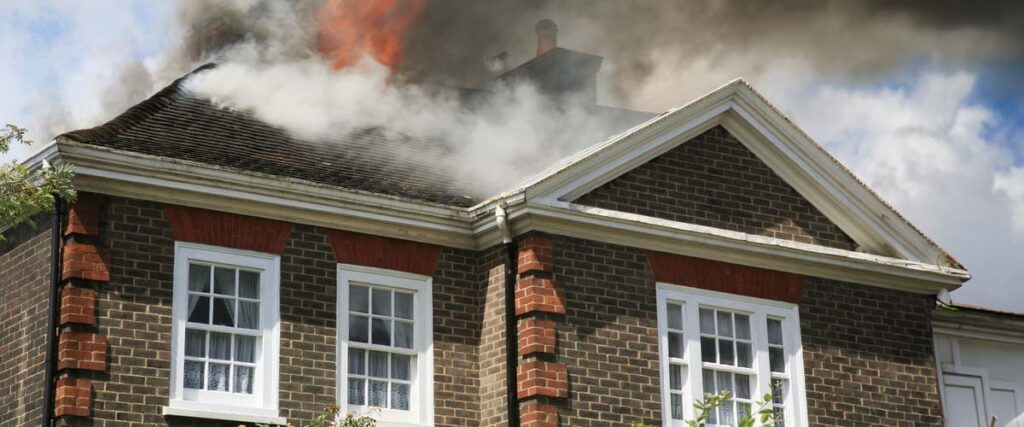
Factors Influencing Fire Mitigation Costs
Fire mitigation costs depend on factors like the area’s wildfire risk, landscape size, chosen protective measures, available resources, and implementation complexity. These factors affect the budgeting and planning to safeguard communities and properties from wildfires. These are several key factors influence the cost of fire mitigation, including:
- geographic location
- property size and type
- existing fire protection systems
- the surrounding landscape

1. High-Risk Areas vs. Low-Risk Areas
The first significant determinant of fire mitigation costs is the geographic location. High-risk areas, prone to frequent wildfires, demand more robust mitigation efforts than low-risk regions. In high-risk zones, homeowners and property owners often face elevated insurance premiums and strict fire regulations, which can significantly impact the overall expenses.

2. Local Fire Regulations and Codes
Local fire regulations and building codes are pivotal in determining mitigation costs. Compliance with these regulations often necessitates costly structural modifications and installation of fire protection systems. Failure to complete these requirements can result in fines and increased wildfire vulnerability.
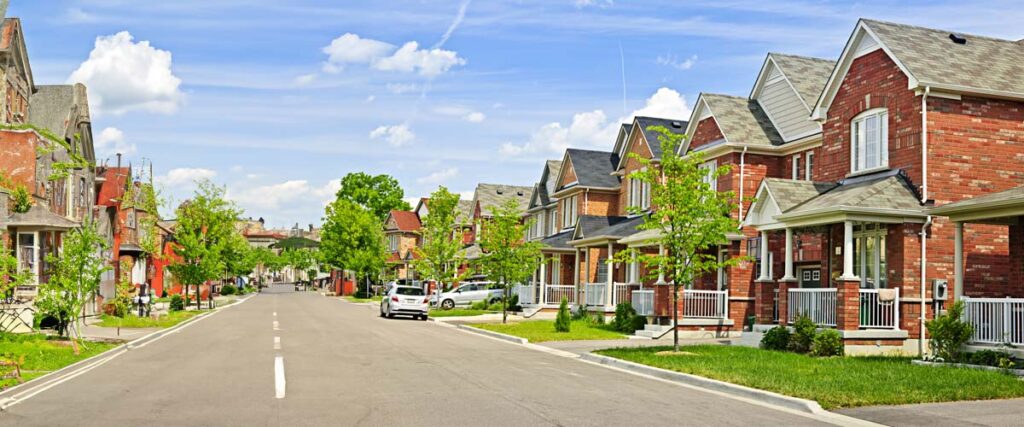
3. Residential Homes
The size and type of the property also influence mitigation costs. Residential homes may range from tiny suburban houses to sprawling estates, each requiring different levels of protection. More significant properties demand more extensive firebreaks, fire-resistant landscaping, and additional fire protection measures, contributing to higher costs.
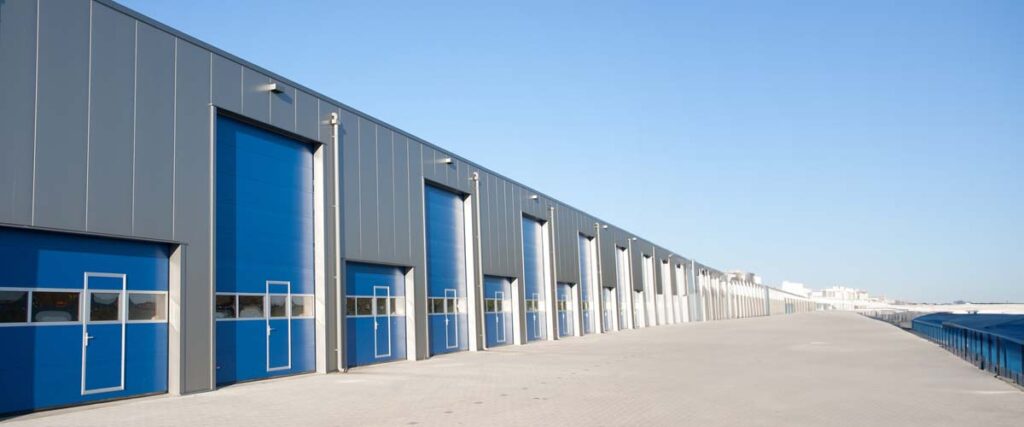
4. Commercial Properties
Commercial properties like businesses, factories, and warehouses entail unique challenges. The presence of valuable assets, inventory, and equipment intensifies the need for advanced fire protection systems and employee training. Consequently, the costs associated with fire mitigation in commercial settings tend to be substantially higher.

5. Industrial Complexes
With their size and complexity, industrial complexes are often the most expensive to safeguard against fires. High-risk industrial facilities, such as chemical plants or oil refineries, may require specialized fire suppression systems and rigorous safety protocols, considerably elevating overall expenses.

6. Sprinkler Systems
The presence and condition of existing fire protection systems significantly impact costs. Properties equipped with well-maintained sprinkler systems and fire alarms may incur lower expenses for upgrades and improvements. Conversely, properties lacking such systems may face higher initial installation costs.

7. Fire Alarms
Fire alarms are a critical component of fire mitigation. Ensuring that they are up to code and functioning optimally can be costly. Integrating them with other safety systems, like automatic shutoff valves or notification systems, can add to the overall expense.

8. Fire Extinguishers
While fire extinguishers are essential for immediate response, their regular maintenance and replenishment costs should not be overlooked. Adequate coverage and accessibility are crucial, but these factors contribute to the overall budget for fire mitigation.

9. Vegetation Density
The landscape surrounding a property can significantly influence mitigation expenses. High vegetation density increases the risk of fire spreading quickly. Mitigation efforts may include:
- clearing brush and debris
- creating defensible spaces,
- and implementing controlled burns
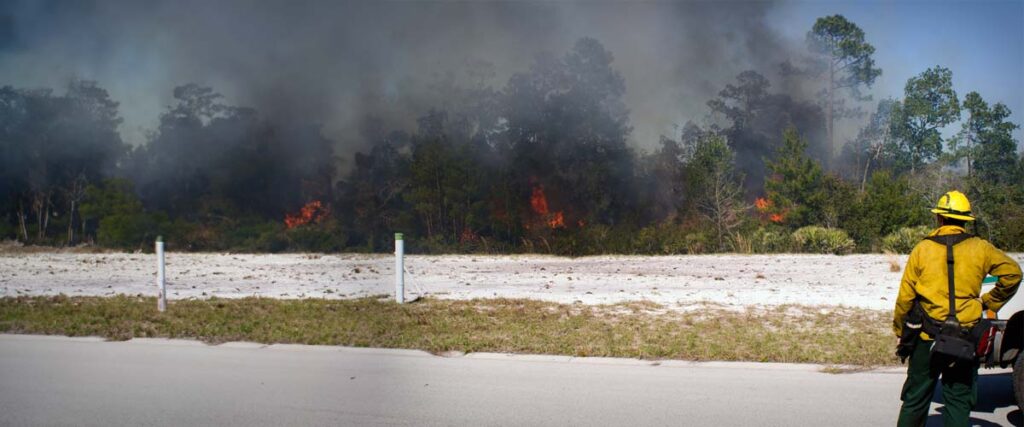
10. Proximity to Wildland Areas
Properties located near wildland areas, where wildfires are more likely to ignite, face higher mitigation costs. Enhanced firebreaks and additional fire-resistant features become imperative to reduce the risk of wildfires encroaching on the property.
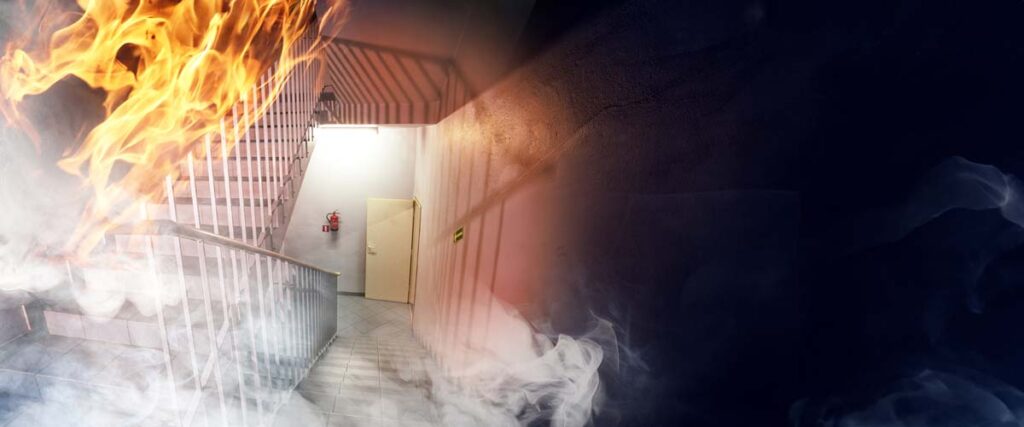
Types of Fire Mitigation Measures
Fire mitigation measures encompass a range of strategies. Below are the different types of actions:
1. Clearing Brush and Debris
Clearing brush and debris is a fundamental aspect of vegetation management. Regular maintenance to create defensible spaces around properties helps mitigate fire risk. Costs vary based on the size of the property and the extent of vegetation that needs clearing.
2. Structural Improvements
Structural improvements involve making the property itself more fire-resistant. This may include installing fire-resistant roofing and siding materials, which can be more expensive upfront but offer long-term protection. Creating firebreaks and barriers also falls under this category, adding to the overall costs.
3. Sprinkler Systems
Sprinkler systems are indispensable for fire mitigation in many settings. The costs associated with installing these systems depend on property size, complexity, and existing infrastructure. Retrofitting older buildings to accommodate sprinklers can be exceptionally costly.
4. Fire Alarms and Detectors
Fire alarms and detectors are critical for early fire detection. Costs vary based on the type of system, the number of devices required, and the extent of wiring and integration needed.
5. Access Roads and Driveways
Ensuring emergency access is vital for both property occupants and firefighters. Creating and maintaining suitable access roads and driveways can incur expenses, especially in remote or rugged areas.
6. Clearing Access Paths
Clearing access paths to fire hydrants, water sources, and critical points on the property is essential. Costs for such measures depend on the distance and terrain.

Cost Breakdown for Fire Mitigation
A. Professional Services
Hiring professionals for fire risk assessments and consulting services is essential in fire mitigation. These experts evaluate the property’s vulnerabilities, develop mitigation strategies, and assess compliance with local regulations. The cost of these services can vary but is often a worthwhile investment.
B. Planning and Design
Planning and design services are crucial for developing a comprehensive fire mitigation plan tailored to the property’s needs. Costs include architectural and engineering fees and the creation of detailed blueprints and schematics.
C. Materials and Equipment
Investing in fire-resistant building materials, such as fire-rated roofing, siding, and windows, is a substantial upfront cost. However, these materials enhance the property’s fire resistance and safety.
Property owners may need to invest in firefighting tools and equipment, such as hoses, pumps, and water tanks, to aid in fire suppression efforts. The choice of equipment depends on property size and specific needs.
D. Labor Costs
Skilled labor is required for various aspects of fire mitigation, including construction, electrical work, and landscaping. Labor costs can vary widely depending on location, labor market conditions, and the complexity of the work.
In addition to skilled professionals, a crew may be necessary for tasks like clearing vegetation and creating firebreaks. Labor charges account for crew wages, equipment operation, and project supervision.
E. Permitting and Regulatory Compliance
Obtaining the necessary licenses and permits for fire mitigation work is a mandatory expense. These costs can vary depending on jurisdiction and the scope of the project.
Compliance with local building codes and fire regulations often requires additional modifications and improvements. Failure to comply with these permit requirements can result in delays and penalties, making compliance a critical budget consideration.

Ways to Reduce Fire Mitigation Costs
Proactive planning is critical to cost reduction. Regular property maintenance, including vegetation management and upkeep of fire protection systems, can prevent the need for extensive, costly upgrades in the future. Developing an emergency response plan and conducting fire drills can minimize damage and expenses in a wildfire.
A. Utilizing Fire-Resistant Materials
Investing in fire-resistant building materials during construction or renovation can yield long-term cost savings by reducing the need for frequent replacements and repairs. These materials also enhance the property’s fire resistance, potentially lowering insurance premiums.
B. Taking Advantage of Government Grants and Programs
Many governments offer grants and programs to assist property owners with fire mitigation efforts. Research and take advantage of these opportunities, as they can significantly offset costs. Participating in community-based mitigation efforts may provide access to shared resources and expertise, reducing individual property expenses.

Invest Wisely, Secure Tomorrow: Fireproofing!
The cost of fire mitigation in Olathe, KS, varies widely and depends on numerous factors, including geographic location, property type, existing protection systems, and regulatory compliance. Understanding these factors is essential for property owners looking to protect their investments and communities from the devastating impacts of wildfires.
While fire mitigation can entail substantial expenses, it invests in safety and peace of mind. Proactive planning, using fire-resistant materials, and leveraging government assistance programs can help property owners reduce costs while increasing their resilience to wildfires. Ultimately, the importance of fire mitigation cannot be overstated, as it plays an essential role in safeguarding lives, property, and the environment from the destructive power of fires. We encourage you all readers to assess your own risk and take action to protect your homes and communities from this ever-present threat.
Resources
- Shokouhi, M., Nasiriani, K., Cheraghi, Z., Ardalan, A., Khankeh, H., Fallahzadeh, H., & Khorasani-Zavareh, D. (2019). Preventive measures for fire-related injuries and their risk factors in residential buildings: a systematic review. Journal of injury & violence research, 11(1), 1–14. https://doi.org/10.5249/jivr.v11i1.1057
- FEMA Home Builder’s Guide to Construction in Wildfire Zones provides a series of technical fact sheets on ignition-resistant construction for builders and contractors.https://defensiblespace.org/wp-content/uploads/2021/01/FEMA_2008_P-737-HomeBuilders-Guide-to-Construction-in-Wildfire-Zones.pdf


